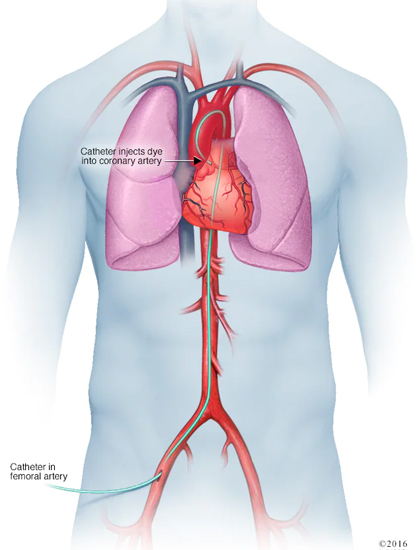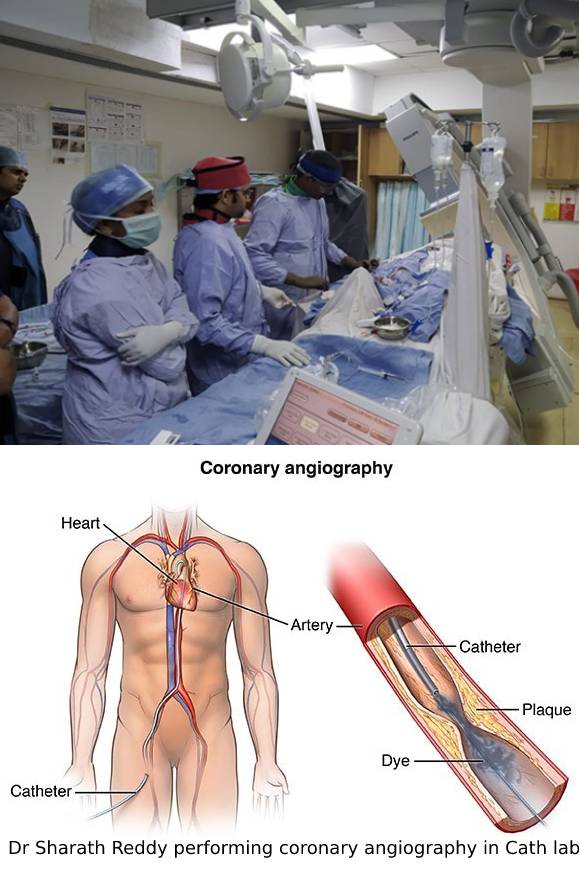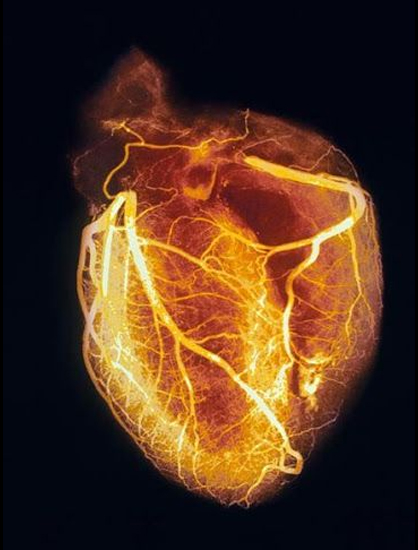
Medical imaging is the technique and process of imaging the interior of a body for clinical analysis and medical intervention, as well as visual representation of the function of some organs or tissues.
Medical imaging seeks to reveal internal structures hidden by the skin and bones, as well as to diagnose and treat disease.


WHAT IS A CORONARY ANGIOGRAM?

WHEN IS CORONARY ANGIOGRAM INDICATED?

TESTS TO BE DONE BEFORE ANGIOGRAM

USES OF CORONARY ANGIOGRAM

MEDICAL ISSUES TO CONSIDER BEFORE THE PROCEDURE
Procedure
Before the procedure
- You may need to discontinue certain medications before the test, such as medications that thin the blood
- Fasting – you need to fast four to six hours prior to your test
- Other tests – you may undergo various tests before the angiogram, including blood tests, an ECG, and chest x-ray.
- Remove metal objects that will interfere the test
- Empty the bladder
During the procedure
- You may be given medicine to relax you, but you will stay awake
- You go to the hospital’s heart/cardiac catheterization laboratory (“Cath lab”)
- You lie on a table near a C-arm and other equipment
- Your doctor numbs a spot on your groin or arm and inserts a thin tube (catheter) into an artery and up to the heart. This will hurt no more than a blood test.
- Special fluid (dye/contrast) goes through the catheter, so arteries show up well on the X-ray.
- X-rays are taken as the fluid goes through the artery
- You may be asked to hold your breath or cough for better angiographic views
- By studying the X-ray images, the doctor can see any problems with your coronary arteries.
- If you wish, you can see the X-ray pictures on the screen after the test.
- If necessary, your doctor can open clogged heart arteries (angioplasty) during your coronary angiogram, if necessary.


Discomforts during the procedure
- Slight pressure as the catheter is put in
- Rarely, some chest discomfort as the fluid (dye) goes in
- An urge to urinate
- Nausea
- You’ll feel a hot flash sensation from head to toe that will last for 20 seconds as the special fluid is injected
- During the angiogram, you’ll be awake so you can do as your doctor asks.
After the procedure
- When the angiogram is over, the catheter is removed from your arm or groin and the incision is closed with manual pressure, a clamp, or a small plug.
- You will be taken to a recovery area for observation and monitoring.
- When your condition is stable, you return to your own room, where you are monitored regularly.
- You will need to lie flat for few hours to avoid bleeding if the catheter was inserted in the groin.
- You may be able to go home the same day, or you may have to remain in the hospital overnight.
- Drink plenty of fluids to help flush the dye from your body
- Ask your healthcare team when to resume taking medications, bathing or showering, working, and doing other normal activities.
- Avoid strenuous activities and heavy lifting for few days (a week)
- Your puncture site is likely to remain tender for a while. It may be slightly bruised and have a small bump.



Results

Complications


